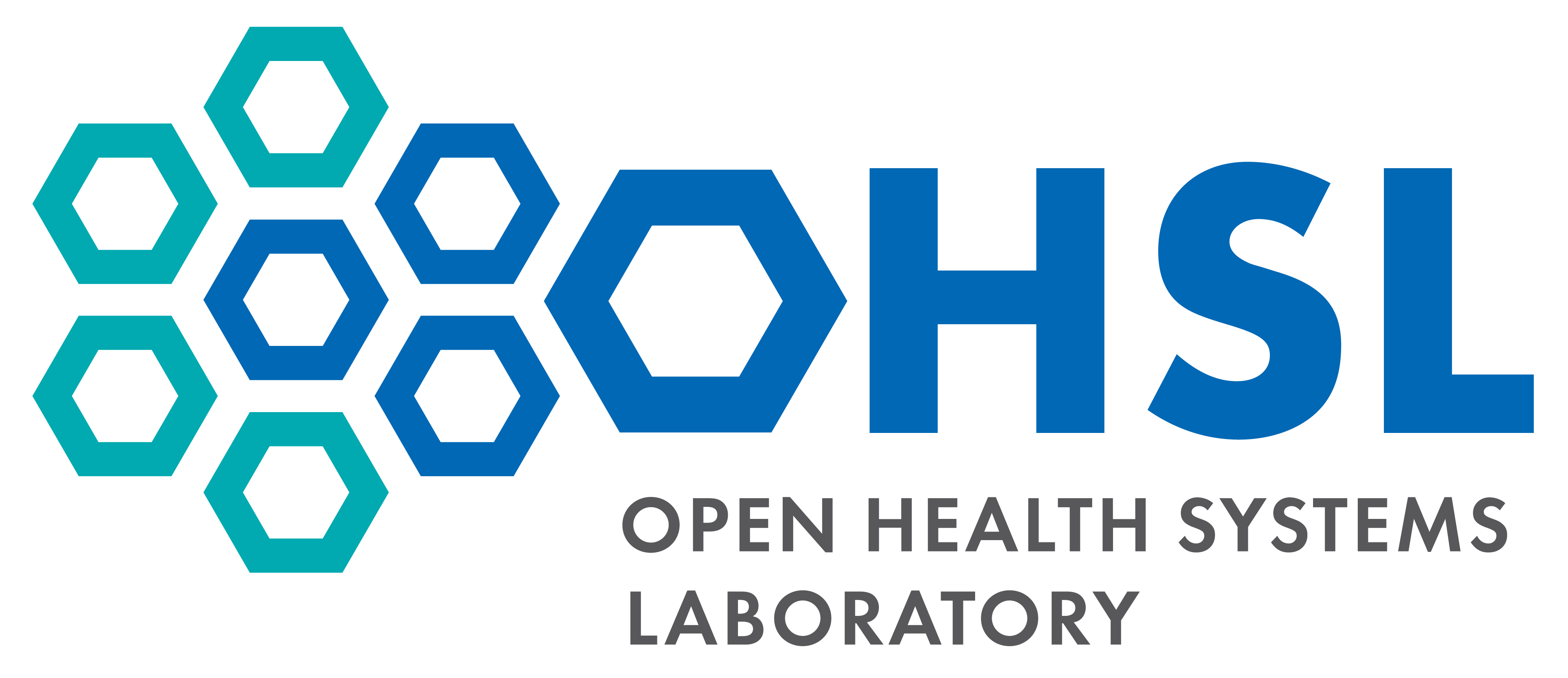Unearthing the Merits of Realtime Powerful Institutional Data
Haresh KP (All India Institute of Medical Sciences), Subhash Gupta (AIIMS), Anil Srivastava (OHSL), Ravi Chamria (Prolitus), Anupam Saronwala (IUCKA), Kenneth H. Buetow (Arizona State University), GK Rath (All India Institute of Medical Sciences)
Background: In neurooncology we deal with a variety of diagnoses like glioma, ependymoma, medulloblastoma, pinealoblastoma, PNET, etc. The treatment of each of these cancers are different. Presently, the treatment is largely based on evidence from literature. During our discussion with patients we quote the results of standard studies. These results are from idealized conditions associated with clinical trials, routinely conducted in non-Indian setting. These results may differ in real world clinical environments. Many institutions will have enough patients of each diagnosis that could be used to augment literature-based treatment plans with local experience We are not realizing the power of data of our own patients. The main reason behind this is lack of computerisation and ignorance.
Material and methods: With this idea in mind we, at AIIMS joined hands with Indo US Cancer Knowledge Alliance (IUCKA) OHSL and its technical teams in India to develop a database of our own neurooncology patients, and thereafter leverage this data to effectively apply techniques of artificial intelligence and cognitive technologies, such as IBM Watson, Google TensorFlow and others.
Computerization of data: Data is captured in well-structured performas including history, physical examination, investigations, surgical details, histopathology report, special staining, adjuvant radiotherapy, adjuvant chemotherapy, status at follow up visits and so on. A powerful cognitive software system is developed. The database is going to look into the whole collection of patient encounters in realtime and going to provide guidance for treatment based on the results from our local cases. Each patient entering into the database is going to guide a future patient if the index patient characteristics match to the patient. Suppose we have 500 cases of GBM in our database with reasonably good follow up. Once a new patient’s case is entered into the system, the software is going to pull the information from similar patients in the system. This can predict the local control and survival for the index case which is going to get treated in our settings. We have also added some novel features to this software to make our day to day work easy. The software will also give rule based intelligent guidance for treatment. This means that we are blending the standard guidelines with the database. For example, once a GBM patient is entered into the system, it will suggest for surgery followed by concurrent chemo-radiation with the standard doses for RT and chemotherapy. The system will also advise the physician of the target volumes used for contouring. In a case of medulloblastoma it will suggest for craniospinal irradiation with doses, volumes, adjuvant and concurrent chemotherapy doses. The system will be able to send messages/emails for treatment visits or follow-ups. The system can also identify the patients who are lost to follow-up . Once a patient comes to the hospital on a particular day, and patient puts his/her thumb on the thumb reader, the software can automatically redirect to the patients’ page displaying a short summary of the case and showing what the patient has come for on that day. Suppose patient has come for 4th cycle of adjuvant chemo, the system will ask to check for the blood results and to enter the weight. This will also ask whether the patient had any toxicities. If everything is fine, and once we put the weight in the particular field, the system will give the prescription for next cycle of chemotherapy to be taken as printout. The system can provide ready-made data for publications at any point of time. The cloud based operation and offline access makes this even more attractive.
Conclusion: Present day powerful computing tools can enhance the treatment of an individual patient utilizing the results of previous similar patients treated in the same environment. These results are more relevant than the literature ones. Computerization will also simplify our workflows and help to avoid errors and saves the physician time in busy clinical settings. In summary, the system enables physicians to be more productive and also helps them to do faster and in most cases, adopt a better treatment plan that benefits the patients.
Partners:





